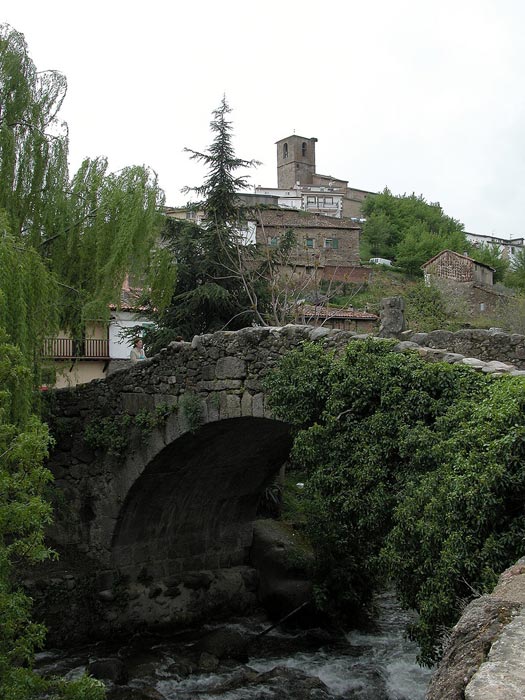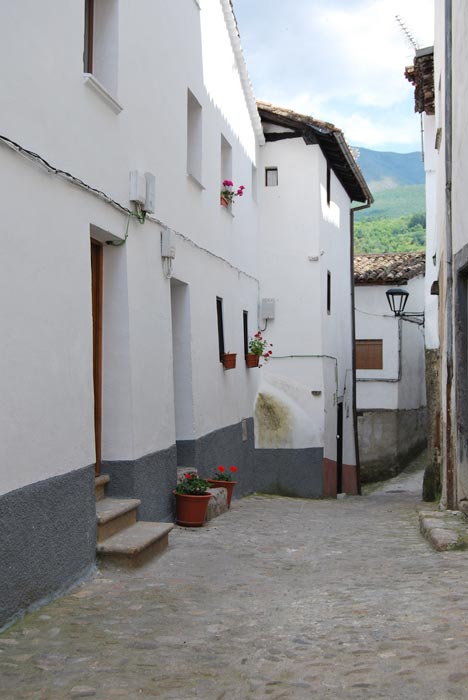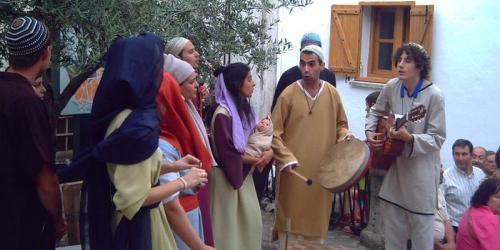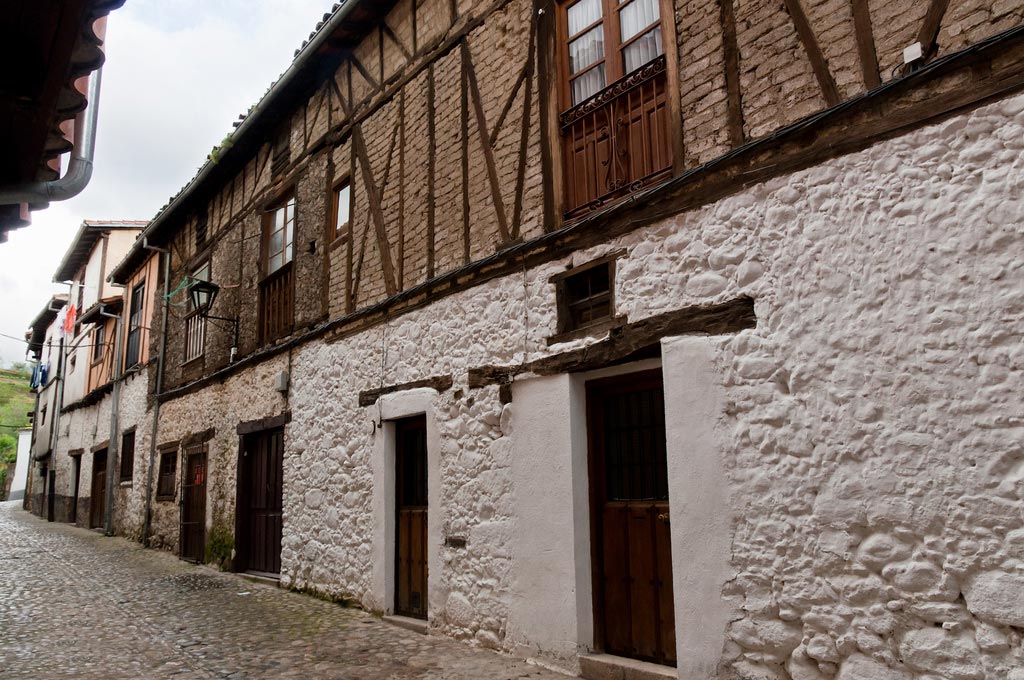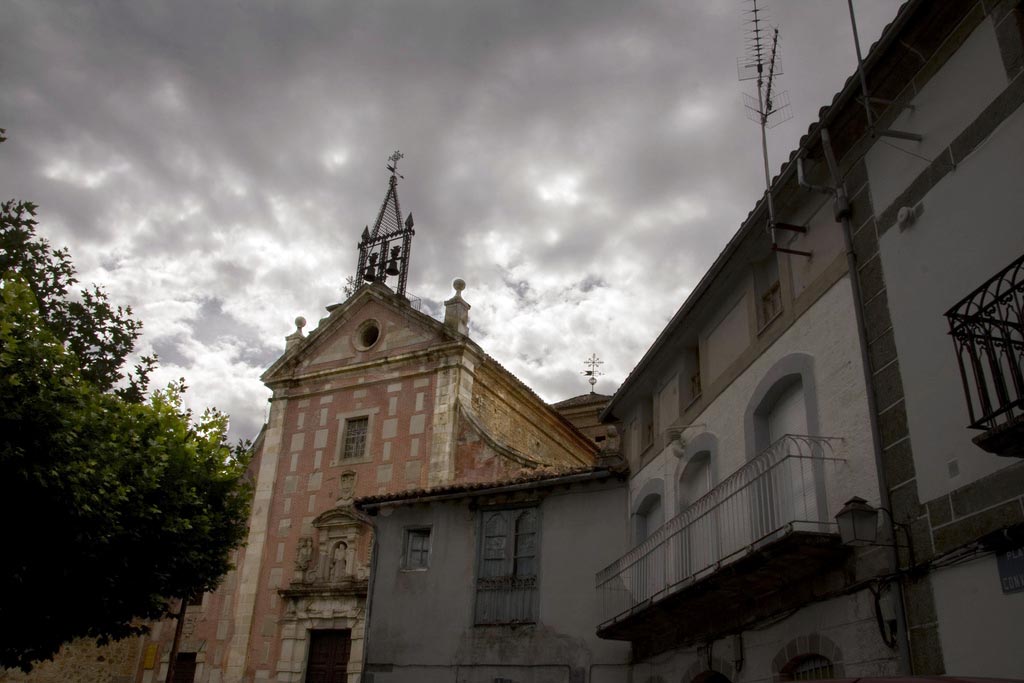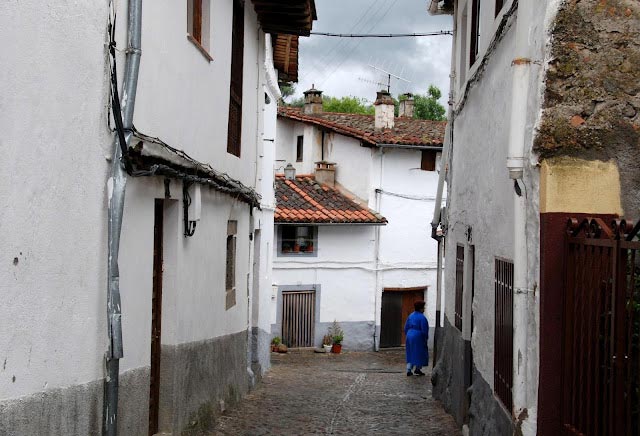
In Hervás there is no historic record of any segregation of Jews into districts separate from the Christians. Neither have any references been made expressing neighbouring interreligious conflicts in Hervás prior to 1492. The documents never mention the Jewish quarter in Hervás, but rather they refer to «the Jews of Hervás» who lived together in a climate of relative tolerance without any conflicts to warrant segregation, in all likelihood around Corredera and Plaza streets where the converts resided in the 16th century. However, there was a Jewish street close to Rabilero street where the synagogue was traditionally located.
Although some sources date the arrival of the Jewish contingent to the town in the 13th century, the first official documentation dates from 1464, linking the Jews to the Zúñiga family, in other words, to the Duchy of Béjar to which Hervás belonged from 1369 until the granting of the privilege of township in 1816.
It should be borne in mind that in the 15th century Hervás has slightly more than two hundred residents, including forty five Jewish families who, with the aid of the Duke, had taken refuge here fleeing from persecutions of 1391. The documents mention families like the Cohen, the Çalama, the Haben Haxiz or the Molho and for many years their relevance in the community followed the saying:
After the edict of 1492, twenty five families left Hervás bound for Portugal and the rest were subjected to forced conversion to Christianity; some of them returned such as Rabbi Samuel two year later to join the brotherhood of St. Gervase which allowed the Jewish collective to stick together for some time. The cases of crypto Judaism detected in the years following the decree of expulsion and the incessant persecution of the Inquisition meant that the converts' phenomenon in Hervás bore a relevance which is still recalled today with the annual celebration of days dedicated to the Converts.


